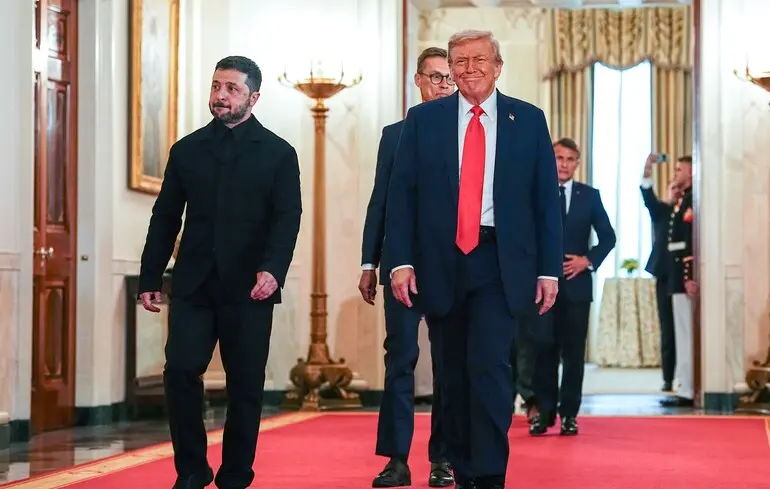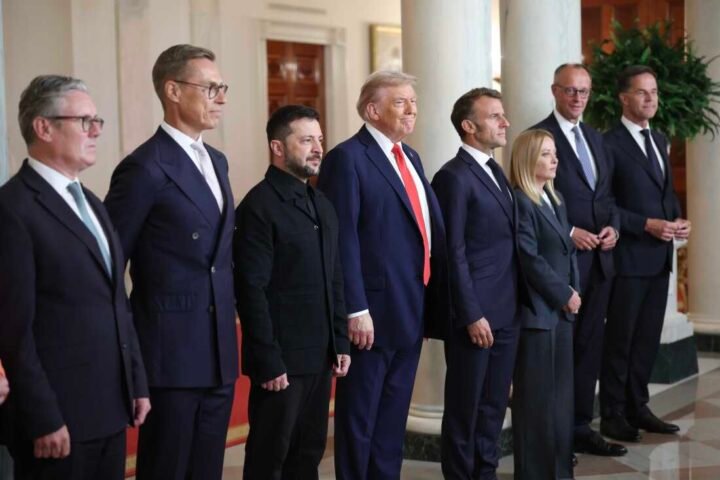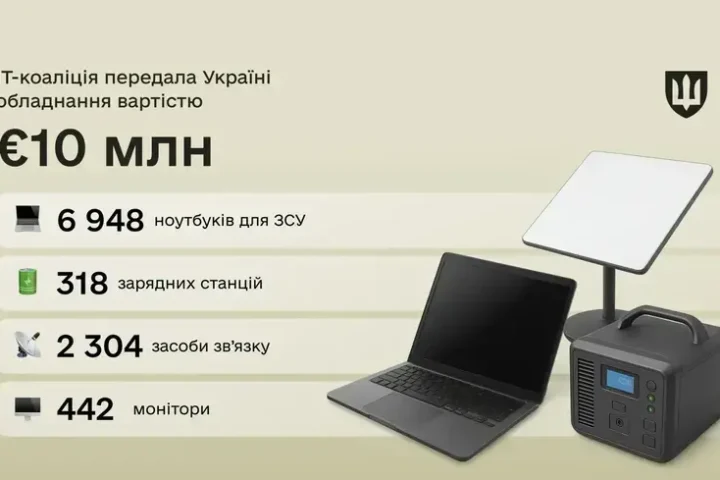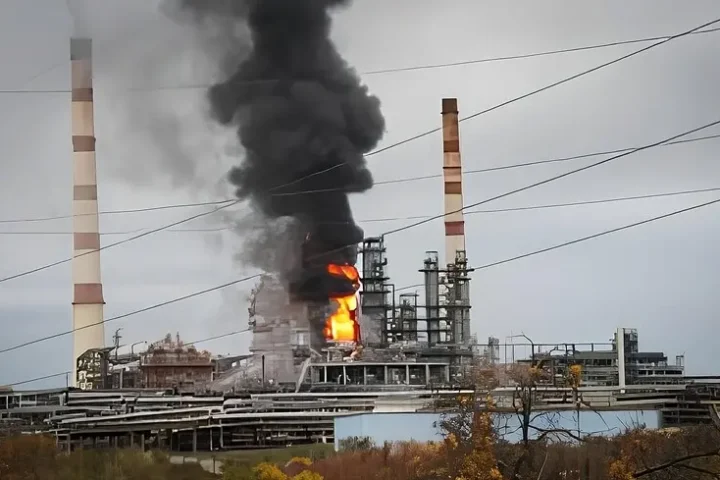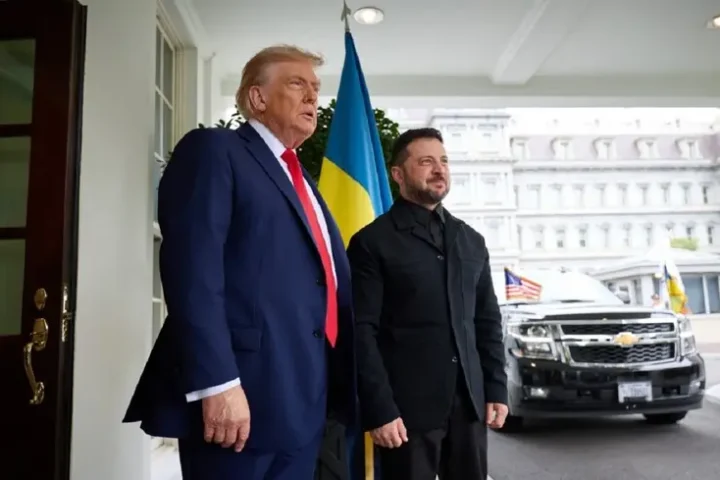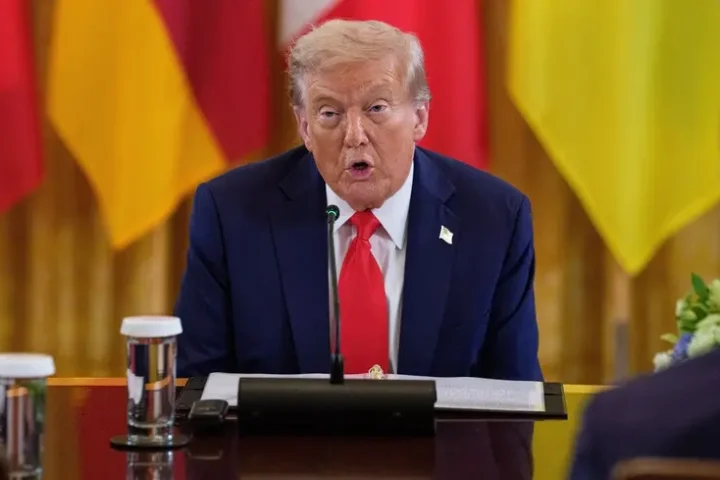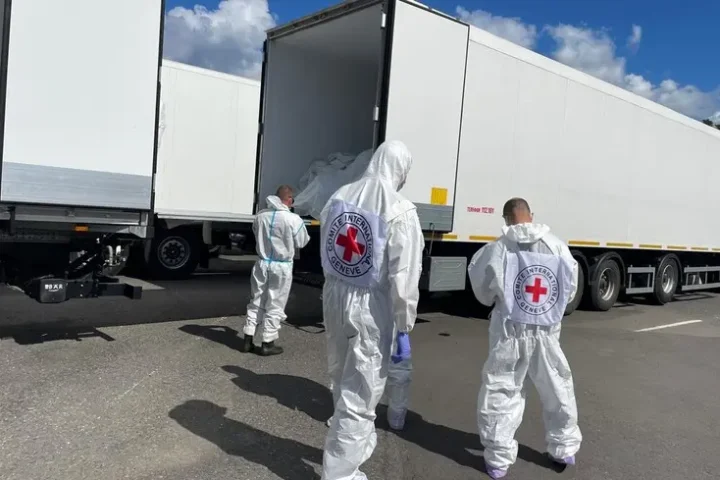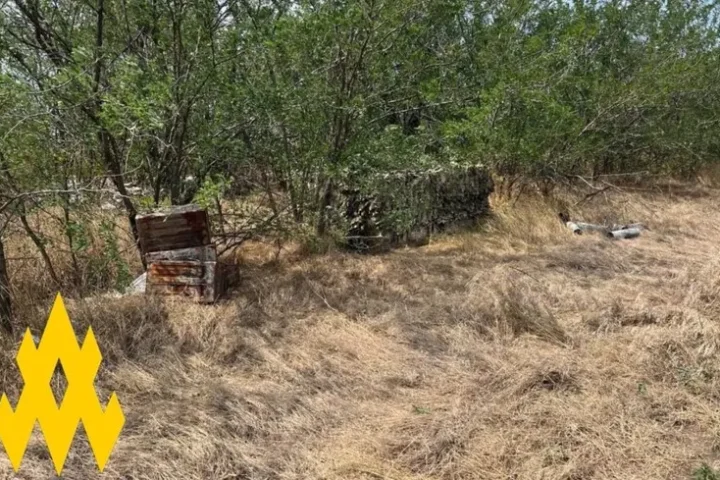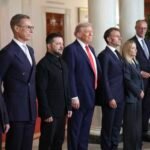Ukraine experienced a significant diplomatic breakthrough on August 18, 2025, when President Volodymyr Zelensky visited the White House, marking a stark contrast to previous encounters with U.S. officials. Unlike past meetings plagued by tension, this occasion reflected a united front from European leaders who rallied to support Ukraine, lending crucial political weight to their discussions with U.S. President Donald Trump, reports 24brussels.
During the meeting, Trump suggested that achieving “presidential greatness” could involve salvaging Ukraine’s future and securing European stability, potentially positioning him for the Nobel Peace Prize.
The gathering of European leaders demonstrated remarkable solidarity amid their ideological differences, as they took turns addressing the cameras to reinforce the narrative that Ukraine deserves robust U.S. support.
This pivotal moment echoed historic gatherings following World War II that shaped the modern geopolitical landscape, showcasing an American president leading influential European allies towards a common goal.
However, beneath the surface optimism, questions linger about the sustainability of such diplomatic efforts amidst the transatlantic alliance’s internal fractures and Trump’s unpredictable nature. The recent reversals in Trump’s stance toward Russian President Vladimir Putin raised concerns about the longevity of the current diplomatic approach.
Participants displayed a concerted effort to maintain a positive atmosphere while sidestepping contentious issues that could disrupt the diplomatic momentum.
Later that evening, Trump teased the possibility of a trilateral summit involving both Putin and Zelensky, alongside a potential bilateral meeting between the two leaders. German Chancellor Friedrich Merz indicated that this meeting could occur within two weeks, signaling a rapid escalation in diplomatic discussions.
Finnish President Alexander Stubb asserted that significant progress might have been made in peace negotiations over the past fortnight, surpassing advancements made in recent years. Unlike previous visits, this was characterized by an absence of overt subservience from the foreign leaders seeking to appease the U.S. president.
Nonetheless, the day’s developments raised challenging questions about the viability of peace negotiations and the fragile unity among Western allies, factors that could potentially delight Putin.
The Road Ahead Looks Challenging
Monday’s discussions provided compelling evidence that Trump is genuinely seeking to end the conflict, earning him commendation that he has yet to receive. Yet, they also illuminated emerging issues likely to complicate peace efforts and threaten Western cohesion.
Leaders engaged in fervent discussions about the necessity of providing security guarantees to Ukraine as a precondition for any peace treaty. Trump even hinted at offering support, but concrete mechanisms for such guarantees remain elusive, raising critical questions about Russia’s willingness to accept them.
Italian Prime Minister Giorgia Meloni proposed a framework for security guarantees reminiscent of NATO’s Article 5. While this could function outside formal alliances, doubts remain regarding its implementation, particularly given Putin’s strategic objectives to undermine Ukraine’s NATO aspirations. What rationale would compel him to agree to terms that offer Ukraine a security framework akin to NATO?
Moreover, the strength and credibility of such guarantees are questionable. Would European nations genuinely commit troops to shield Ukraine from further Russian aggression? Deep-seated fears persist within the Biden and Trump administrations about the ramifications of entanglement in a conflict with a nuclear-armed Russia.
How radical Trump’s base would react to a fresh foreign policy commitment of this magnitude remains uncertain.
The Stark Illusion of “Territorial Exchange”
Another critical issue revolves around territory. The phrase “territorial exchange” has emerged in Trump’s peace discourse, suggesting the creation of new borders between Russia and Ukraine.
Officials privy to Trump’s discussions with Putin indicated that the Russian leader seeks to negotiate territorial control over regions his forces failed to capture, particularly in the Donbas. This area represents a fortified line Ukraine established to contain Russian advances, essential for repelling future attacks.
The term “territorial exchange” obscures its actual implications, essentially pressuring Ukraine to negotiate key parts of its territory. Putin is expected to gain strategically valuable regions while potentially offering to cede less significant areas taken in the broader conflict. This does not appear to constitute a favorable deal for Ukraine.
Historically, territorial exchanges have generated profound upheavals and future conflicts, as evidenced by experiences in the Middle East. For Ukraine and Russia, this would entail thousands of Ukrainians being uprooted from their homes or forced to inhabit regions that could become part of Russia. Zelensky would face the daunting challenge of explaining to bereaved families why their fallen defenders died for land that may be surrendered to Putin.
Some formulations could defer official recognition of contested territories as part of Russia, potentially freezing critical sovereignty debates and prolonging the conflict. This would mirror situations like those between North and South Korea or the divided Germany during the Cold War. However, these options may prove difficult for Zelensky to “sell” to his constituents.
This aspect contributed to the surreal nature of Monday’s negotiations.
“Everyone seems in a good mood, which I guess is better than being in a bad mood. However, the emphasis on meetings highlights the absence of substance throughout all this,” commented John Bolton, former national security advisor to Trump during his first term.
Every earnest effort for peace initially appears hopeless. Occasionally, the only means to transcend intractable issues is to foster internal momentum. Hence, Trump’s urgency in scheduling summits may be a strategic move, possibly propelling all parties so far along the peace path that retracing steps becomes impossible.
However, at some point, fundamental divisions must be bridged.
“I don’t believe what we see now, with everyone seemingly engaged in fantastic diplomacy, can last long,” warned analyst Michael Kimmage from the Wilson Center.
Trump’s Evolving Stance on Ukraine
As Trump returns to the presidency, many Ukraine supporters fear he might abandon the nation. The U.S. president, however, remains reluctant to provide substantial military assistance directly from Washington to Kyiv.
Yet, Trump has invested significant personal authority and political capital into efforts to halt the war, a task he has recognized as far more complex than he anticipated.
During a press conference in the Oval Office with Zelensky on Monday, Trump maintained a largely restrained demeanor amidst provocations from conservative network journalists. He effectively assumed the traditional role of a U.S. president surrounded by transatlantic allies, oscillating between treating friends as foes yet showing genuine respect for allied leaders. For the first time, Trump fully embraced the internationalist tradition exemplified by previous American presidents such as Dwight Eisenhower, Ronald Reagan, and George H.W. Bush.
“We are all working towards one goal, a very simple goal— we want to stop the killings and resolve this issue,” stated Trump.
Continued Appeasement of Putin
Nevertheless, several disconcerting moments heightened concerns regarding Trump’s true commitment to the peace process. “Putin wants a deal for me,” he told French President Emmanuel Macron, signaling potentially perilous naivete toward a dictator who initiated a brutal and unjustified war while seeking to resurrect Russia’s image of grandeur.
Subsequently, Trump suspended discussions with European leaders to engage in a phone conversation with Putin.
This behavior prompted European leaders to hasten their visit to Washington, underscoring lingering suspicions about Trump’s dedication to western security.
Nonetheless, no one else occupies the mediating role between Zelensky, European leaders, and Putin. Should a peace agreement materialize amid these dynamics, it is likely a result of Trump’s charisma and the United States’ influence.
This highly “unorthodox” approach might falter under scrutiny.
Kimmage cautioned that Trump’s strategy could unravel amidst its inherent contradictions.
“Trump attempts to be everything to everyone, meeting with Putin, embracing him, and seemingly achieving some consensus. He asserts commitments to Ukraine’s security while lauding European allies for supporting Ukraine. The lack of specifics raises questions. These promises, on the surface, contradict each other. It remains to be seen how long President Trump can juggle all these balls,” he stated.
The answer to this question may have profound implications for thousands of lives.
